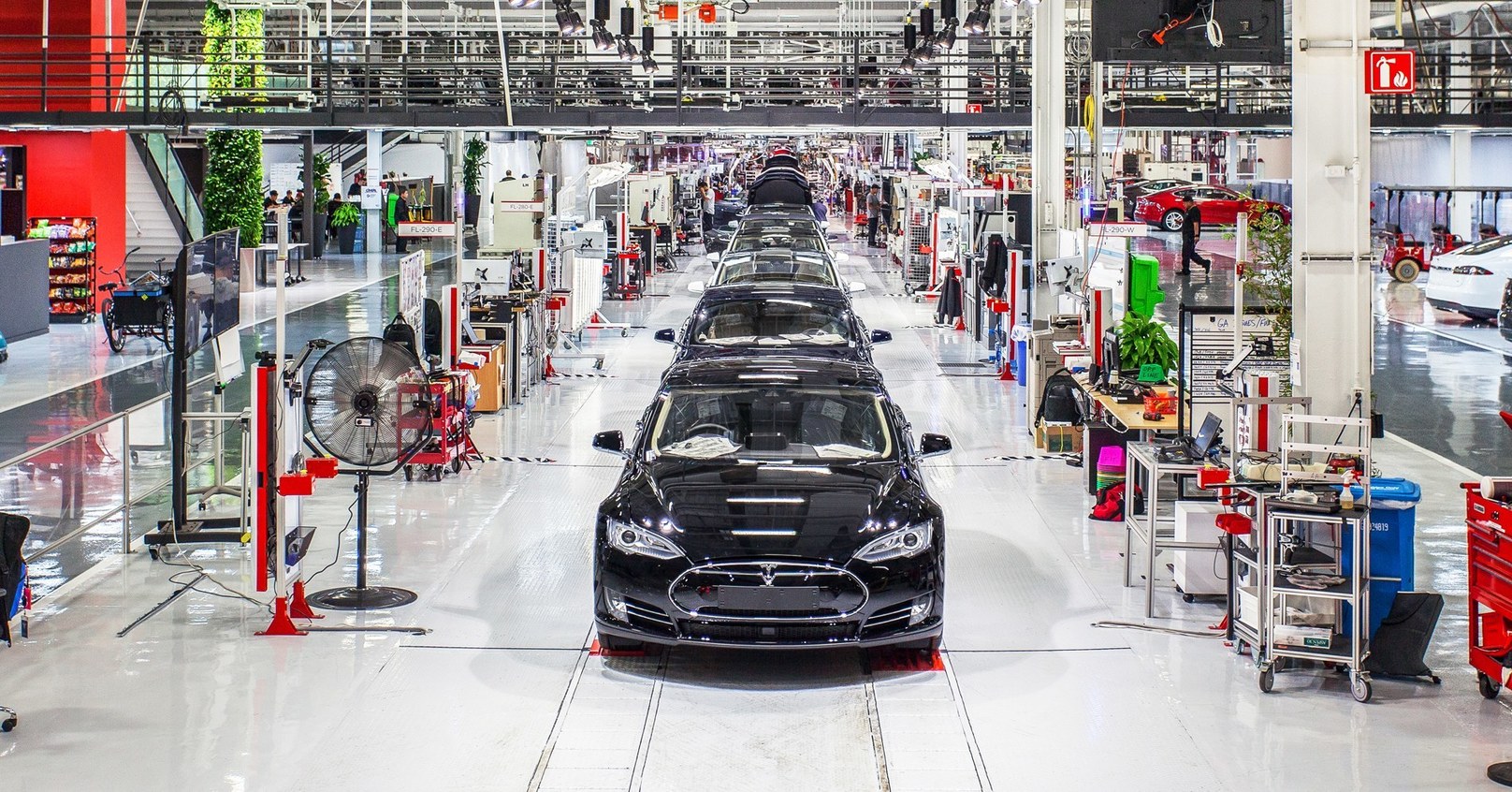Chinese drivers purchase half the world’s electric vehicles, in large part because the government is putting on the pressure. Officials require that EVs make up 12 percent of manufacturers’ sales by 2020. It also offers generous EV incentives, including big breaks on vehicle registration fees. Automakers are responding: Ford says 70 percent of the vehicles it will sell in China by 2025 will be electrified.
Even in truck-happy America—the gas-chugging Ford F-150 pickup is the best-selling car here—generous federal tax credits and state programs push carmakers to develop more EVs by 2025. (Fourteen states require automakers sell zero emission vehicles, or they aren’t allowed to sell in the state at all.) Attempts by the Trump administration to roll back Obama-era emissions standards have been met by fierce legal chest thumping from the likes of California, whose car purchases alone makes up 12 percent of American sales. That will make the regulations difficult to thwart, no matter how well the Model 3 moves off the line.
Automakers have responded. Just look at the flurry of electric news in the weeks before the Model 3 launch, efforts to steal a decibel or two of thunder: Volvo’s shift to electric; VW’s announcement that its EV will go for $8,000 less; BMW’s pledge to manufacture electric Minis in the UK. There are now 15 battery electric vehicles on the fairly electric-unfriendly American market alone.
Tesla competitors are “fully prepared to market capable electric vehicles at a loss,” says Bob Lutz, former vice chairman of General Motors.
And battery technology is getting better at an impressively rapid clip. In 2010, battery storage went for $1,000 per kilowatt-hour; in 2016, it was $273 per kilowatt-hour. “I can tell you that back in 2000, when we looked forward to 2017 or 2020, we never would have imagined that battery technology would have gotten this good,” says Kendall. “We’re outpacing what we thought it would achieve.”
There’s still one elephant in the garage: the charger network. There are only about 6,000 chargers worldwide now, though Tesla pledges to get to 10,000 by the end of the year. (Teslas can use other brands of chargers, but need adapters to do so.) While the Model 3 gets an impressive range per charge (around 215 miles), range anxiety persists. “That shouldn’t hold back the market, but it does, because people are people,” says Costa Samaras, who studies alternative energy at Carnegie Mellon University. “We are not rational. Most people could probably use a 200-mile EV for about 95 percent of their trips.”
Sourced through Scoop.it from: www.wired.com




Leave A Comment